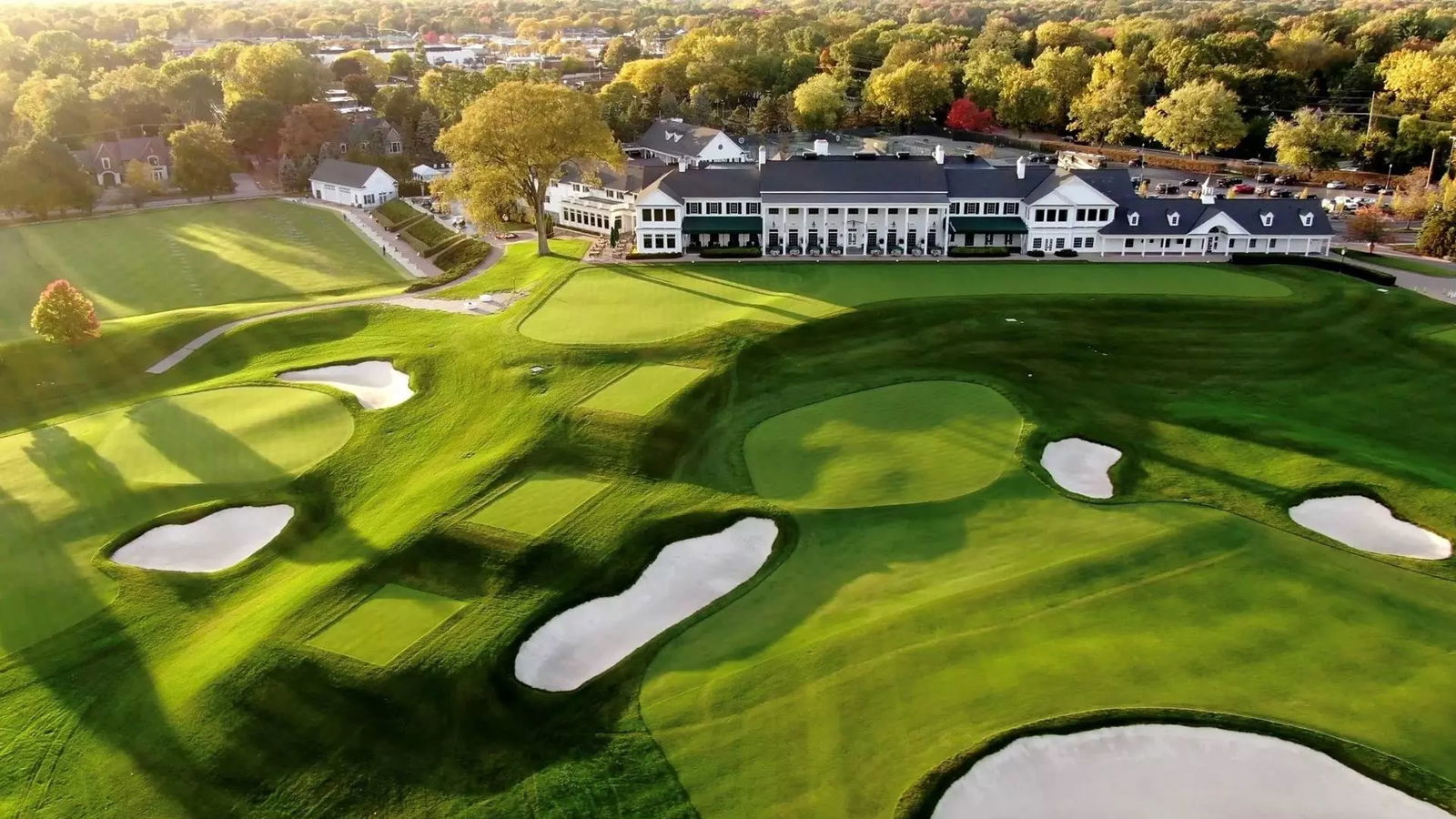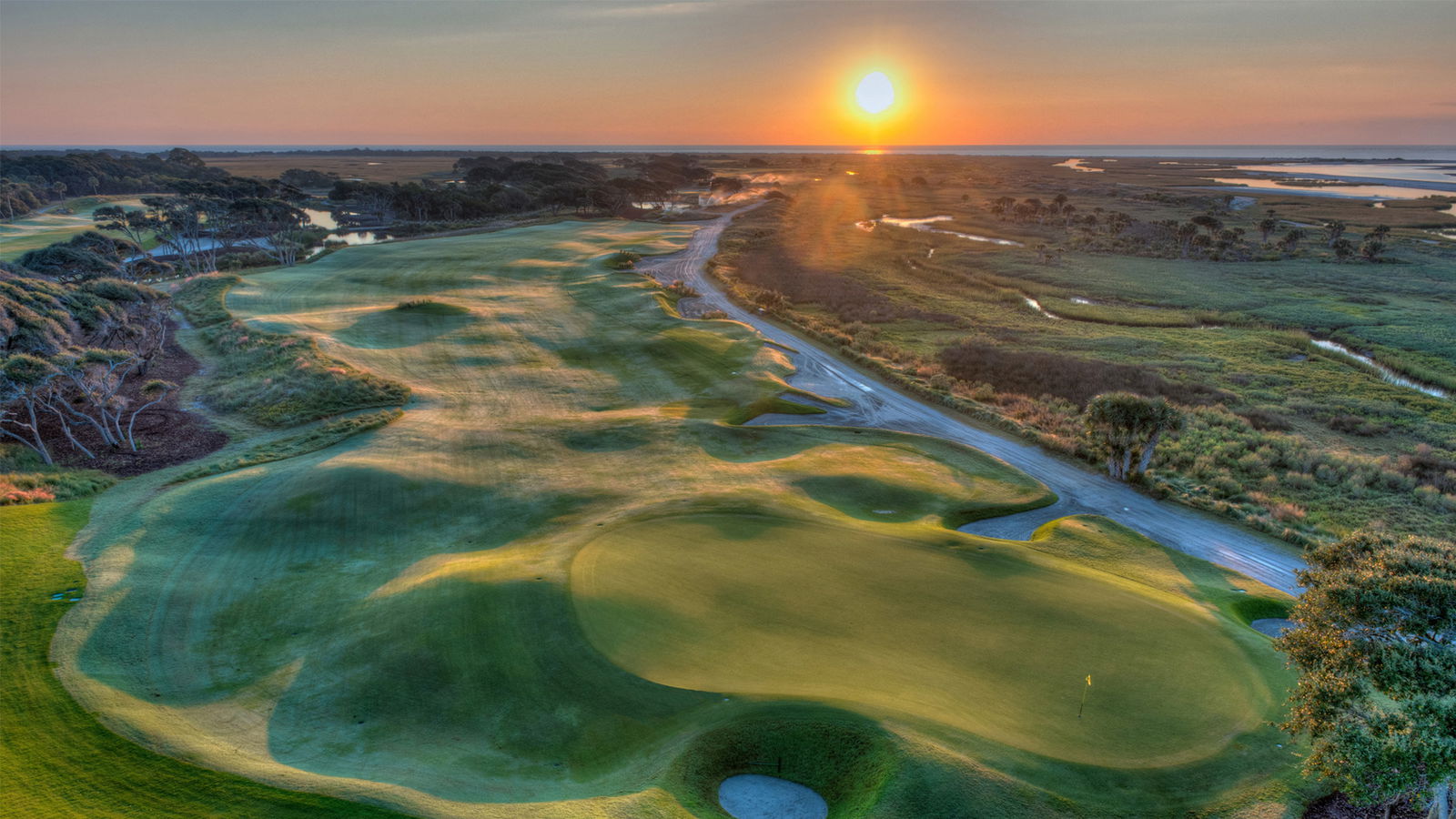Oakland Hills Country Club Course Review: An icon of American golf
GolfMagic reviews Oakland Hills, one of North America's most storied tracks and home to the 2004 Ryder Cup.

- Six US Opens worth of history
- A super fun test of golf
Oakland Hills Country Club Fact File
- Location: Bloomfield Hills, Michigan
- Year Established: 1918
- Par: 72
- Length (yards from tips): 7,509
- Green Fees (weekdays): Need to play with a member - membership starts at $125,000
- Signature Hole: 11th
- Website: oaklandhillscc.com
Oakland Hills has always played a big part in the history of American golf. Donald Ross once proclaimed, ‘The Lord intended it to be a golf course’ and it has been the stage for six US Opens, the same number as Pebble Beach and Winged Foot, and three PGA Championships, the last of which saw Padraig Harrington edge out Sergio Garcia in 2008.
The South Course, which opened in 1918, got off to a decorated start with Ross designing the course while Walter Hagen was the club's first pro – an old chicken coop would become his shop. It would become a 36-hole venue in 1924 when the North Course opened for play. The same year the South held its first US Open where Bobby Jones would finish three shots back of Cyril Walker.
There have been a collection of unlikely Major winners here but Ben Hogan's name stands out and helped put Oakland Hills on the map, albeit giving it the tag of 'The Monster'. Then there were just two under-par rounds all week and Hogan would close with a three-under 67 to win by two.
Afterwards he would say: "I'm glad I brought this course – this monster – to its knees."
This was the first time that the USGA had toughened up their signature test, with the trademark juicy rough and narrow fairways and this followed a redesign by Robert Trent Jones, who would go on to become known as The Open Doctor.
Ryder Cup wise it held the 2004 version which is probably best known for one of the most doomed partnerships in the history of the competition.
Oakland Hills course review
The 2004 matches proved to be a bit of a shambles for the American hosts. Captain Hal Sutton would put together Tiger Woods and Phil Mickelson twice on the opening day, Mickelson would spend the early part of the week getting used to new Callaway clubs and Woods' ball and they lost twice and were never seen together again.
What is forgotten more is that Donald Trump would MC the opening ceremony.
By the end of it all Europe had run out 18.5-9.5 winners and very little of what Captain Sutton did seemed to make sense while his counterpart Bernhard Langer would barely put a foot wrong.
Our memory of Oakland Hills was one of a traditional US tree-lined layout, set on Michigan’s rolling Bloomfield Hills. In more recent times Gil Hanse and Jim Wagner have been brought in to restore things back to the Ross layout. Whereas it had become an aerial course, now it is best played with more open fairways, angles and rolling terrain.
Whereas there were 125 bunkers which totalled 125,000 square feet, there are now 103 of them but at 200,000 sq ft. The greens, like the fairways, had also become too small in size and they would be increased in size by a huge 35 per cent.
There’s a great line from the head Pro, Steve Brady, who played the South – there is also the North which opened in 1923 – after it had been restored by Hanse and Wagner.
“I played it this morning and it was one of the best days of my life on a golf course – and I have played in five Majors.’
Gary Player would win the 1972 PGA Championship, helped by a 9-iron played from the rough to the 16th green. That shot is celebrated by a plaque and that now resides in the fairway rather than thick stuff.
The 11th gets plenty of plaudits, with a fairway and green complex that will help rather than hinder your ball, and the 16th is regarded as the signature hole and it was here that Garcia saw his approach take a dip and dent his hopes of for what Harrington had done to him at Carnoustie the previous year.
In 2022 a fire destroyed most of the clubhouse – a new clubhouse is on schedule to open in 2026 and there are busy times ahead for Oakland Hills with USGA tournaments in the calendar running up to 1951, including two US Opens apiece for the men and women.
Final Verdict
To look at the photography of the South Course now, compared to the course that we remember from the 2004 Ryder Cup and PGA four years later, the difference is staggering. In the coming years it will be an absolute mainstay of the USGA and back at the very top table of the professional game, which was always the plan when the restoration plans began.
The idea of the makeover was to make it more playable for the members, as well as toning it up for a Major. In time it was said that the Monster had lost its teeth and even become a bit boring.
Not any more, now there are entrances to every hole, bar the 13th, huge chunks of trees have been removed and it’s as fun as it is predictably tough when the tour stars roll in.
“That’s the magic sauce. That’s what all of us architects are trying to do. The level of precision required to play the course is fairly low. There are wide openings to the greens where you can run the ball where you couldn’t before but we made the fairways narrower where tour players hit it, or where there are bunkers,” Hanse explained when the South re-opened.
“The best architecture doesn’t dictate to the player how they are going to play the golf course. When it becomes singular and one dimensional, it’s not great architecture.”
Rating: 5 out of 5 stars ️️️️️⭐️⭐️⭐️⭐️⭐️
For more information, please visit the club's website here


